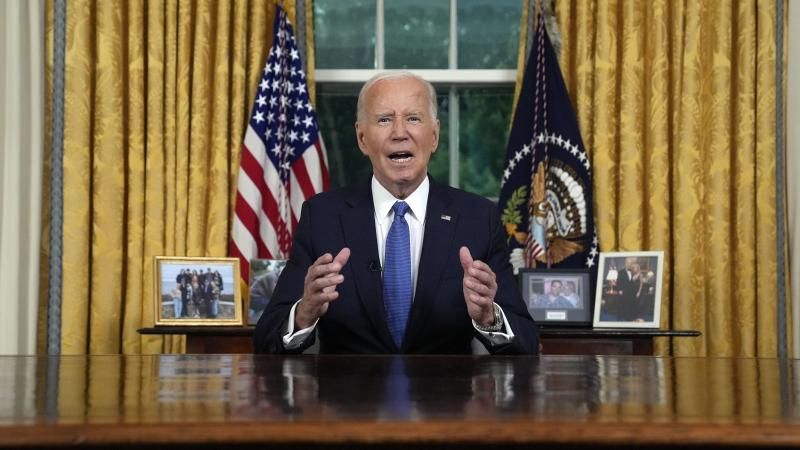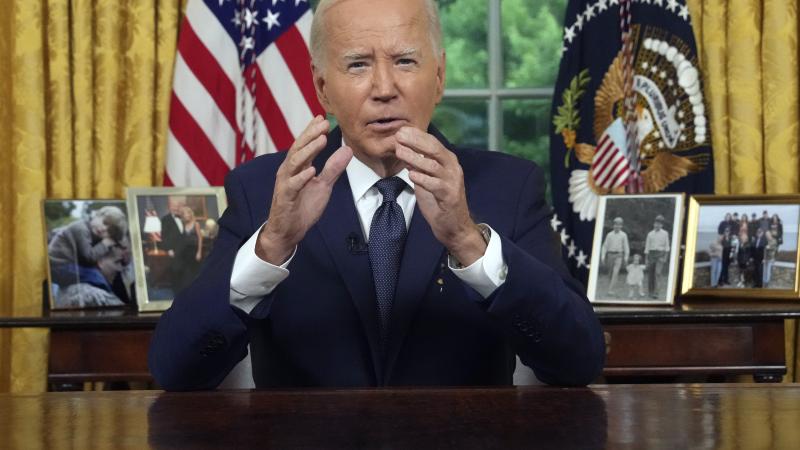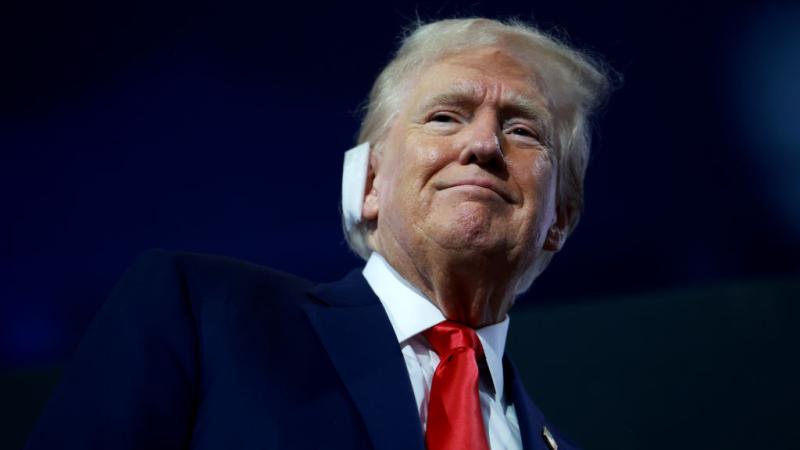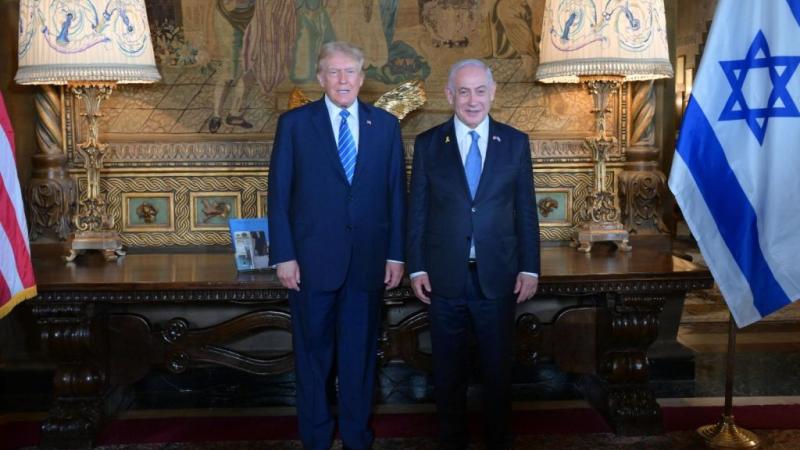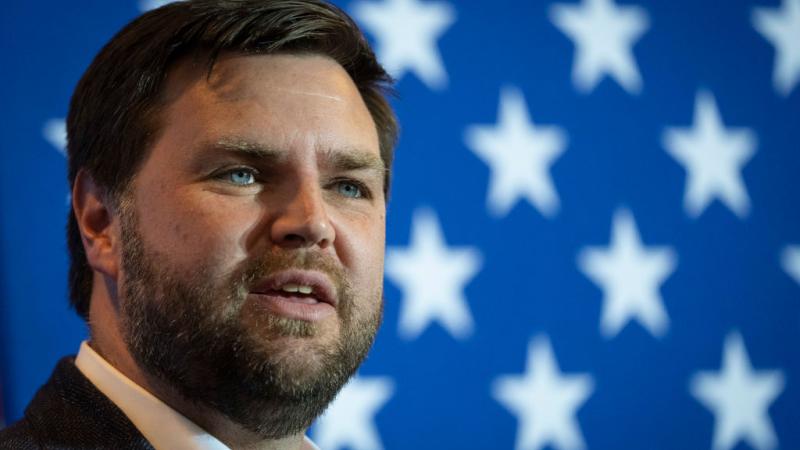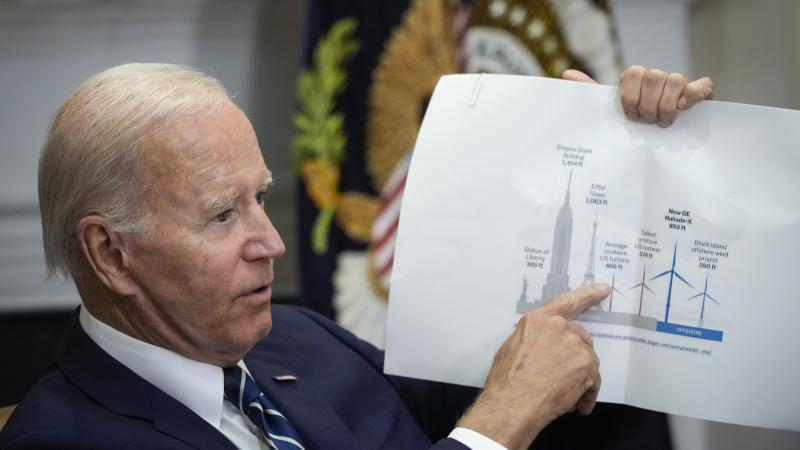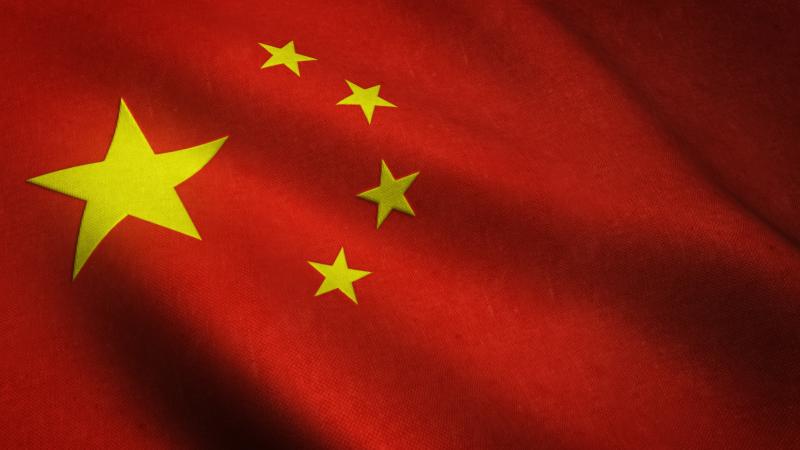Secret Service agent next to JFK during assassination challenges official narrative
"If the bullet we know as the magic or pristine bullet stopped in President Kennedy’s back, it means that the central thesis of the Warren Report, the single-bullet theory, is wrong," one researcher said.
Former Secret Service agent Paul Landis, who was feet away from President John F. Kennedy when he was assassinated in Dallas on Nov. 22, 1963, is coming forward with his version of events that challenge the official government narrative.
Landis, who struggled with so much trauma in the aftermath of the assassination that he left the Secret Service, is publicly telling his full story for the first time after more than six decades, The New York Times reported Saturday.
Landis, 88, had always believed that Lee Harvey Oswald acted alone in shooting the president. Without elaborating further, Landis said: "At this point, I’m beginning to doubt myself. ... Now I begin to wonder."
In recent years, he has shared his account with multiple key figures, including former Secret Service Director Lewis Merletti as well as author and lawyer James Robenalt. His entire narrative will be detailed in his upcoming memoir, "The Final Witness," which will be published Oct. 10.
If his recollections are accurate, it may indicate that the central thesis of the Warren Commission is incorrect. The presidential-appointed commission, which never interviewed Landis, concluded in 1964 that the single bullet struck the president's back and exited through the front of his throat before hitting Texas Gov. John Connally and injuring his back, chest, wrist and leg as he sat in the front of the presidential limousine. The idea that a lone bullet could do such damage seemed so incredible that skeptics have called it the "magic bullet" theory.
The commission reached that conclusion in part because a bullet was discovered on a stretcher that it was believed Connally laid on at Parkland Memorial Hospital, so they assumed it exited his body as medical professionals worked to save his life.
However, Landis said he found the bullet in the presidential limousine in the back of the seat in front of Kennedy. In the chaotic scene after the assassination, he was concerned that souvenir hunters would try to take evidence from the vehicle, so he grabbed and put it next to Kennedy on his stretcher.
Landis thinks now that at one point the stretchers were pushed together and the bullet transferred to Connally's gurney.
"There was nobody there to secure the scene, and that was a big, big bother to me," Landis said. A crowd was quickly forming and Landis said: "I was just afraid that — it was a piece of evidence, that I realized right away. Very important. And I didn’t want it to disappear or get lost. So it was, 'Paul, you’ve got to make a decision,' and I grabbed it."
Robenalt, who has thoroughly researched the assassination and assisted Landis in processing his memories, said: "If what he says is true, which I tend to believe, it is likely to reopen the question of a second shooter, if not even more."
"If the bullet we know as the magic or pristine bullet stopped in President Kennedy’s back, it means that the central thesis of the Warren Report, the single-bullet theory, is wrong," Robenalt also said.
If Connally was struck by another bullet, then Oswald may not have been responsible for it, as Robenalt argues that he could not have reloaded his 6.5 mm Carcano rifle so quickly.
Duquesne University President Ken Gormley, a prominent presidential historian, helped Landis find an agent for his book.
Gormley said he is not surprised that Landis came forward years later.
"It’s very common as people get to the end of their lives," Gormley said. "They want to make peace with things. They want to get on the table things they’ve been holding back, especially if it’s a piece of history and they want the record corrected. This does not look like a play by someone trying to get attention for himself or money. I don’t read it that way at all. I think he firmly believes this. Whether it fits together, I don’t know. But people can eventually figure that out."
Landis' version of events is different from two written statements that he made in the week after the assassination. He did not mention finding the bullet and he only reported hearing two shots, not three as the Warren Commission found.
Landis said the reports he filed after the shooting included mistakes, as he was in shock and had hardly slept for five days as he focused on helping the first lady and did not pay attention to what he wrote. He did not think about mentioning the bullet at the time, he said.
He realized that the official bullet account differed from his memory in 2014, but he did not want to come forward over concerns that he made a mistake at the scene.
"I didn’t want to talk about it," Landis said. "I was afraid. I started to think, did I do something wrong? There was a fear that I might have done something wrong and I shouldn’t talk about it."
Additionally, his Secret Service partner Clint Hill discouraged Landis from speaking out at the time.
The House Select Committee on Assassinations concluded in 1979 that Kennedy was "probably assassinated as a result of a conspiracy," but the "committee is unable to identify the other gunman or the extent of the conspiracy."

